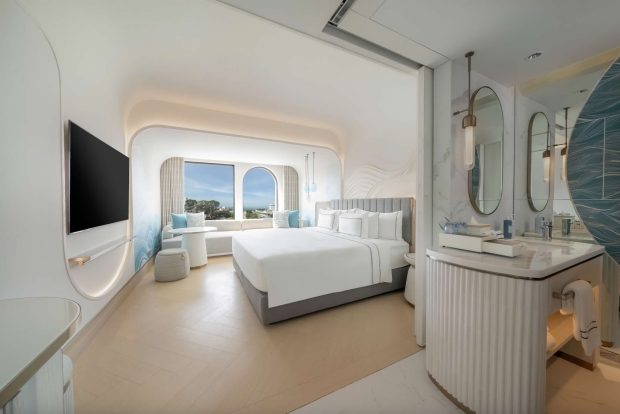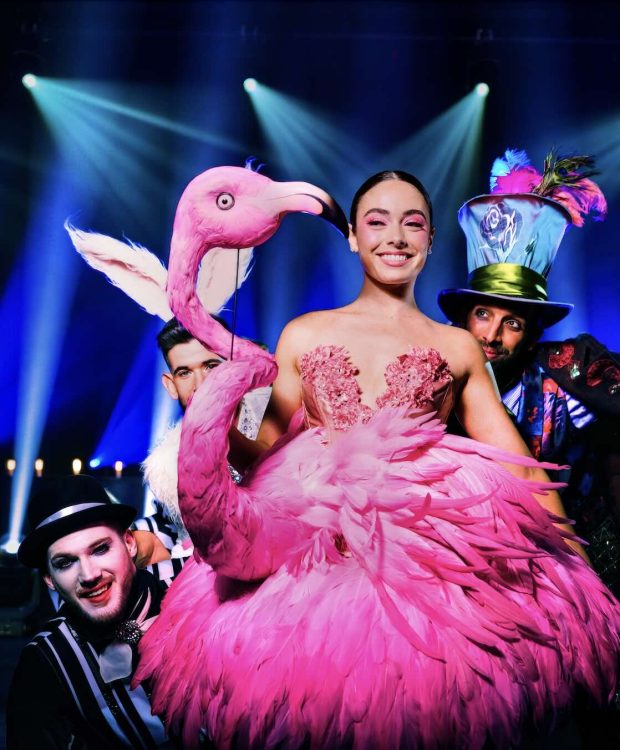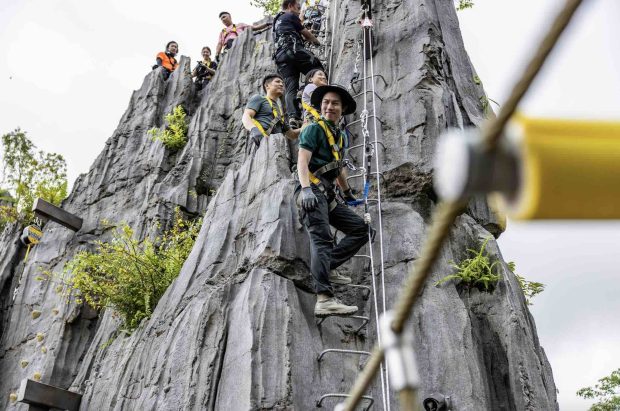During astronomer Dr Ian Griffin’s four years living in Dunedin, New Zealand, he has seen the Southern Lights – the Aurora Australis – over 150 times from his front door. While the Northern Lights, the Aurora Borealis, is a famous and beloved bucket list item for many night sky watchers around the world, the lesser known Southern Lights are no less spectacular, says Dr Griffin, and much easier to access and observe than their northern counterpart (Finland, Iceland and Norway are the top spots to see the Aurora Borealis).
“The fundamental reason we see it is we are one of the closest land masses outside of Antarctica to the Aurora Australis…and we are remote and isolated with very little light pollution. I have seen the Northern Lights and they are wonderful because they are directly overhead, but to me, personally, I find the Southern Lights a more subtle and beautiful aurora.”
The Aurora Australis is caused by electrically charged particles from the sun getting trapped in the Earth’s magnetic atmosphere, causing an enchanting light show that many observers have described as life-changing. Because the Southern Lights appear from just over the southern horizon in Dunedin, depending on where you are viewing them the lights are often framed by hills and bodies of water, causing reflections which are particularly striking for keen photographers.
When Is The Best Time To Visit?
Statistically, the best time of year to view the Southern Lights is around the equinoxes of March and September, though June and July are also good months as the sky is darkest then, making any aurora activity easier and more dramatic to observe.
Griffin says it is important to maximise your chances of seeing the aurora by planning your viewing around the phases of the moon, the last quarter and first quarter moons being the best times, as they emit the least light.
Websites such as spaceweather.com and Facebook group Dunedin Aurora Hunters and Aurora Australis provide up-to-date information and tips on where best to view the southern lights, with users posting images in real-time.
Best Spots In New Zealand
In Dunedin, Dr Griffin recommends Hoopers and Papanui Inlet on the Otago Peninsula (a 25-minute drive from the central city) as among the best places to view the lights. Otherwise, anywhere on the coastal road south of Brighton is also good, as is Tunnel Beach (10 minutes from the CBD), and the carpark at Sandfly Bay (20 minutes from the CBD). Consider staying at accomodation on Otago Peninsula to maximise your chances of seeing the Southern Lights.
Aim to be at your viewing spot an hour after sunset. The lights “perform” in different ways throughout the night, so stay as long as you can to view them in their spectacular and unexpected diversity. Take a deck-chair, blanket or snuggly sleeping bag. If you get addicted to the night sky, or have to wait a while for it to show, you may be out in the elements for hours.
Even if the Aurora Australis doesn’t show on the night you visit, southern New Zealand has one of the best and least polluted night skies in the world, allowing watchers a “fabulous” consolation prize if adverse weather affects the Aurora. If you are visiting Dunedin on a Sunday, the local astronomical society opens the Beverley-Begg Observatory to the public from 7.30pm for $5.
The lights can occasionally be viewed from Christchurch, Wellington and even Auckland. But basically the further south you travel, the better they get.
Capture The Best Lights
For astrophotographer Mikey Mackinven, chasing the Southern Lights has lost him a lot of sleep and quickly turned into an “obsession.”
“It’s much more a thrill than you’d expect,” says Mackinven. “I first saw the lights in August 2014 and after getting that first shot, the buzz hangs around for days.”
He advises keen photographers to get to their designated position early to allow their eyes to adjust to the darkness (it takes about 15-20 minutes for the pupils to dilate and allow a sharper view of the night sky), try and incorporate a body of water into the picture for possible reflections, and take time away from the camera lens to observe the sky-show with your naked eye.
“Understand that your camera captures so much more colour than your eyes can see, seeing what comes through the camera is amazing,” says Mackinven. “But it is easy to get caught up with what you’re capturing, don’t forget to step away from the camera. It is really hard to explain but to see such a bizarre sight will remain embedded as one of the most incredible things I have seen.”
In March, Griffin organised the first ever charter flight to view the Southern Lights, which sold out in a matter of days. The trip crossed the international date line several times (passengers experienced three ‘dates’ in an eight-hour-period), and provided an intimate, close-up view of the aurora for between NZ$2000-4000 per person. A second charter flight is scheduled for March next year, departing from Christchurch airport.
“Our lives are forever altered by this incredible experience” wrote Roz Charlton on Facebook, a passenger on the March charter flight. “We are eternally grateful to have been a part of this remarkable event.”
Dr Ian Griffin is an Aurora Australis expert and shares his tips on the best way to enjoy the Southern Lights.






